The world’s dirtiest oil is produced by strip mining the Athabascan Tar Sands of Alberta, Canada. Full development would destroy an area of Northern Boreal forest and wetlands the size of Florida, with toxic settling ponds that pollute rivers fished by First Nations people, requiring pipelines to the Gulf Coast and hauling routes through the Northern Rocky Mountains.
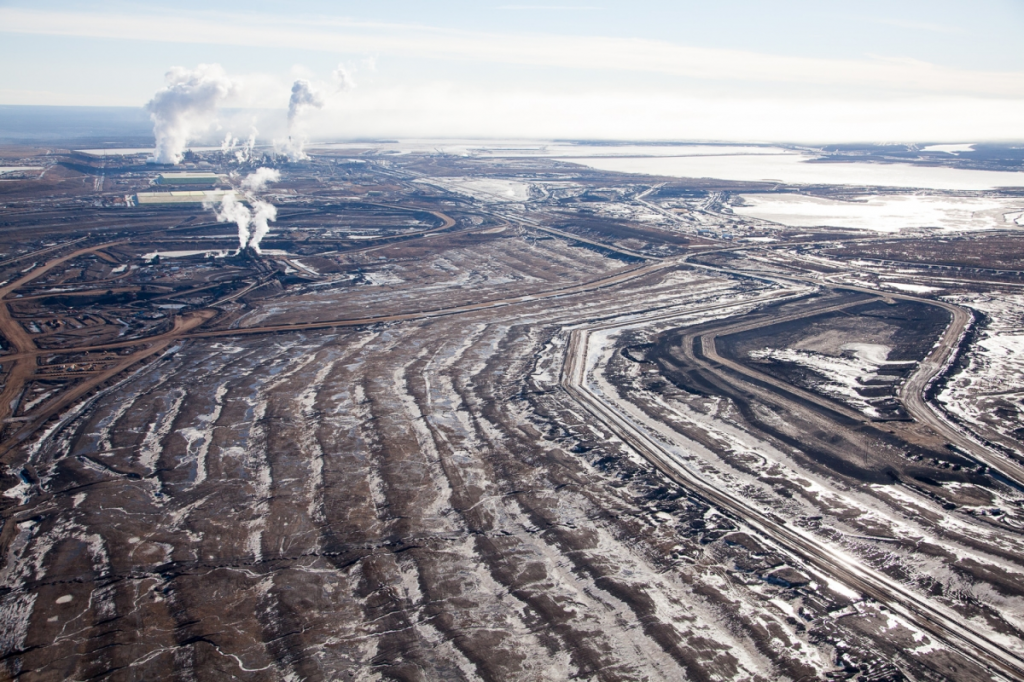

Oil Sands: Planned Destruction of Canadian Boreal Forest with Global Climate Destabilization Ramifications
This destructive undertaking in Alberta, Canada would create the world’s largest open pit and in situ (underground) mining operation for an area of northern boreal forest and wetlands the size of Florida: the Athabascan Tar Sands.
It is one of the world’s last intact ecosystems, close to the Peace-Athabascan Delta, home to lynx, caribou, grizzly bears, and about one million species of birds, including tundra swans, snow geese and nesting ducks. The silty deposits just underground contain small amounts of crude bitumen, washed by combining steaming hot water (175 degrees Fahrenheit) and sometimes caustic soda that separates the globules from the sand.
The process requires vast amounts of natural gas and seven gallons of water for every one gallon of oil produced. Flames from stacks of an “upgrader” crack the tarry bitumen at 900 degrees Fahrenheit and convert it to synthetic crude, sent down pipelines to refineries in Edmonton, Ontario, and the USA.
httpvh://www.youtube.com/watch?v=ZEopisQUfiA
Check out the documentary film Dirty Oil written and directed by Leslie Iwerks. From 2009, it exposes the dishonesty and greed of the Canadian and Alberta governments as well as the oil companies, who make huge profits at the expense of the environment, the wildlife, and the native communities who live near the tar sands of northern Alberta.
Follow WilderUtopia on Facebook…
The process also requires massive settling ponds for toxic mine tailings such as the four-square mile Mildred Lake Settling Basin held back by a sand dike that would rate by volume as one of the largest dams in the world. There are a total of 50 square miles of settling ponds now covering the Albertan landscape holding 222 billion gallons of bitumen tarry. It takes decades for the water-clay-sand-chemical agents-bitumen slurry to settle in order for the water to be pumped out and sediment reclaimed. In April 2009, 1,600 migrating ducks perished in a tailings pond by Syncrude Canada. An additional 350 died in October 2010 in another tailings pond.
David Dodge, Pembina Institute A Syncrude tailings pond in Alberta. The company was found guilty of criminal charges after more than 2,000 birds died in such a pond. From the New York Times.
It is one of the most profitable oil finds for multinationals, with the possibility of 173 billion barrels of recoverable crude. As of 2009, six mines produce three quarters of a million barrels of oil per day. Development of the oil sands could lead to creation of 342,000 new US jobs, adding $34 billion to US gross domestic product in four years. Almost 1,000 US companies in 47 states supply materials, equipment, training and consulting to the effort.
The product is so dirty however, it produces three times the carbon upon burning than regular crude. It is considered 15 to 40 percent dirtier on a wells-to-wheels basis than conventional oil. Discharges from strip mining and leaking from tailing ponds has polluted the Athabascan River, and production creates a massive problem with particulates that cause respiratory diseases and acid rain.
Most affected would be the First Nations communities of Fort McKay and Fort Chipewyan, home to the Chipewyan and Cree people. Up until the 1960s they were cut off from the rest of the world, subsisting on moose and bison hunting, fishing the Athabascan River for walleye and whitefish, gathering cranberries and blueberries, and trapped beaver and mink for income. Now the area is invaded by roads, covered in bitumen particulate soot, fish poisoned by tailing pond leakage and discharges into the waterways. Cancer clusters have been found and the way of life for these people has been irrevocably altered.
Tar Sands Megaloads
At present, shipments of heavy equipment megaloads to the Alberta tar sands are being done through dangerous winding roads through the environmentally sensitive areas of the Northwest and Northern Rocky Mountains. The intention is to construct a permanent industrial corridor through Oregon, Washington, Idaho, and Montana.

The megaloads would be up to 30 feet high, 24 feet wide, 220 long, and 650,000 pounds, shipped along a route that is one of the most scenic and historic in the western US, comprising portions of the Lewis and Clark and Nez Perce National Historic Trails, three Wild and Scenic Rivers, a National Scenic Byway and All American Road, the Trans-America Bicycle Route, one of Motorcycle Cruiser magazine’s top-ten rides in the Rockies, and the setting for the famous book-turned-movie, A River Runs Through It.
Keystone XL Pipeline
Also proposed is the 1,700 mile Keystone XL pipeline, which would transport 900,000 barrels of “dilbit,” diluted bitumen, per day from Alberta to refineries on the Gulf Coast near Houston, Texas and Louisiana. It has the potential to pollute the Ogallala Aquifer as it passes through Montana, South Dakota, and Nebraska. An expensive proposition, creating capacity far in excess of present needs, setting up a dependence on a polluting resource. See the Friends of the Earth Facebook page and Keystone XL site for more details.
Sources:

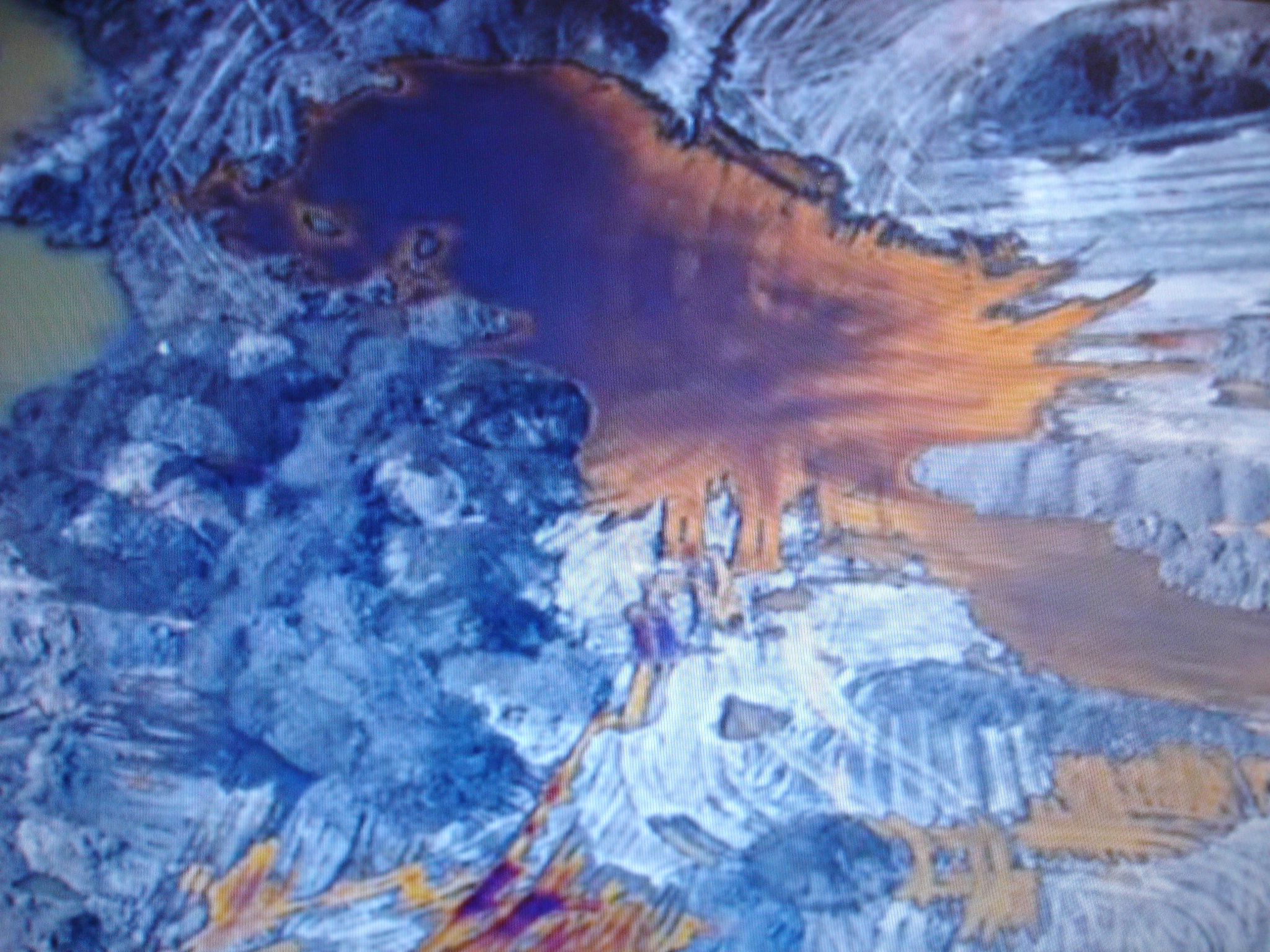

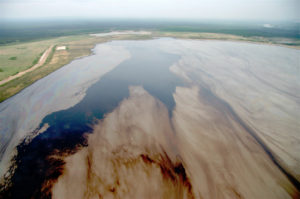

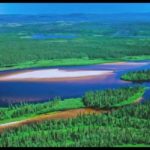


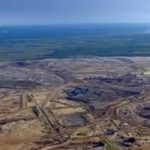






Why don’t we just shut everything down like the enviro wacks want so we can all freeze in the dark.
Hey, let’s just keep blowing up mountain tops, polluting huge tracks of land, spewing crap into the atmosphere and destroying animal habitat. It won’t be pretty or pleasant, but by God, we’ll have gas for our SUVs and lots of electricity for our mega-shopping malls.
Pingback: SpOIL: Tar Sands Pipelines Threaten Great Bear Rainforest | WilderUtopia.com
Environmentalists are responsible for the death of millions of Africans with their successful boycotts of “frankenfood” genetically modified food, millions starved that need not of. They are not scientific in their claims of damage, they ignore all evidence for the success of clean up and protection programs, they are extremely fundamentally biased. To them the economic collapse in north America and further dependency on “cleaner” more lethal, war causing middle eastern oil, is preferable. It’s obvious they view people as the earths enemy, they value human life less than the environment they poorly understand.
“Frankenfood” has never been touted as a silver bullet to confront starvation. It merely inserts insecticides into seeds to create a product that has many applications, some of them food worthy. Yet the science is still inconclusive about the long-term effects on ecosystems from their use and how human, animal, insect, and plant-life respond to their yields. Frankly, the prognosis is not good.
See: https://wilderutopia.com/environmental-health/genetically-modified-foods-weird-science-harming-health/
If you are commenting on the Athabascan Tar Sands, understand that clean up and protection are secondary to fulfilling our unquenchable addiction to oil. You can sacrifice the Boreal Forest and their First Nation inhabitants, as well as climate stability, but the addiction will always demand more, and resource wars will most certainly follow.
An addict cannot recover unless he or she recognizes the source of their misery. I drive a car on biodiesel fuel made from recycled vegetable oil. Plug-in hybrids are here to stay. Sustainable methods of ethanol production and more efficient vehicles are in design. Solar and wind technologies are improving and are more cost-efficient. Investment in mass transit and compact-walkable living, working, and shopping environments are producing healthy and prosperous communities.
People who don’t respect the earth and its processes become their own enemy, and all life becomes the casualty. Economic and environmental collapse can be avoided if we work together, today, to give up this addiction.
Pingback: Tar Sands Documentary: White Water, Black Gold | WilderUtopia.com
Pingback: Keystone XL Tar Sands Pipeline: Climate Game Over | WilderUtopia.com
Pingback: President Obama: Los Angeles Demands a Clean Energy Policy | WilderUtopia.com
Pingback: Idaho: Wolves and Wilderness Persist in the Bitterroot Mtns | WilderUtopia.com
Pingback: Tantoo Cardinal: No Energy More Powerful than Natural Force | WilderUtopia.com
Pingback: Sustainable Mobility? California's High-Speed Rail Challenge | WilderUtopia.com
Pingback: Keystone XL Blockade: Defending the Land from Tar Sands Oil | WilderUtopia.com